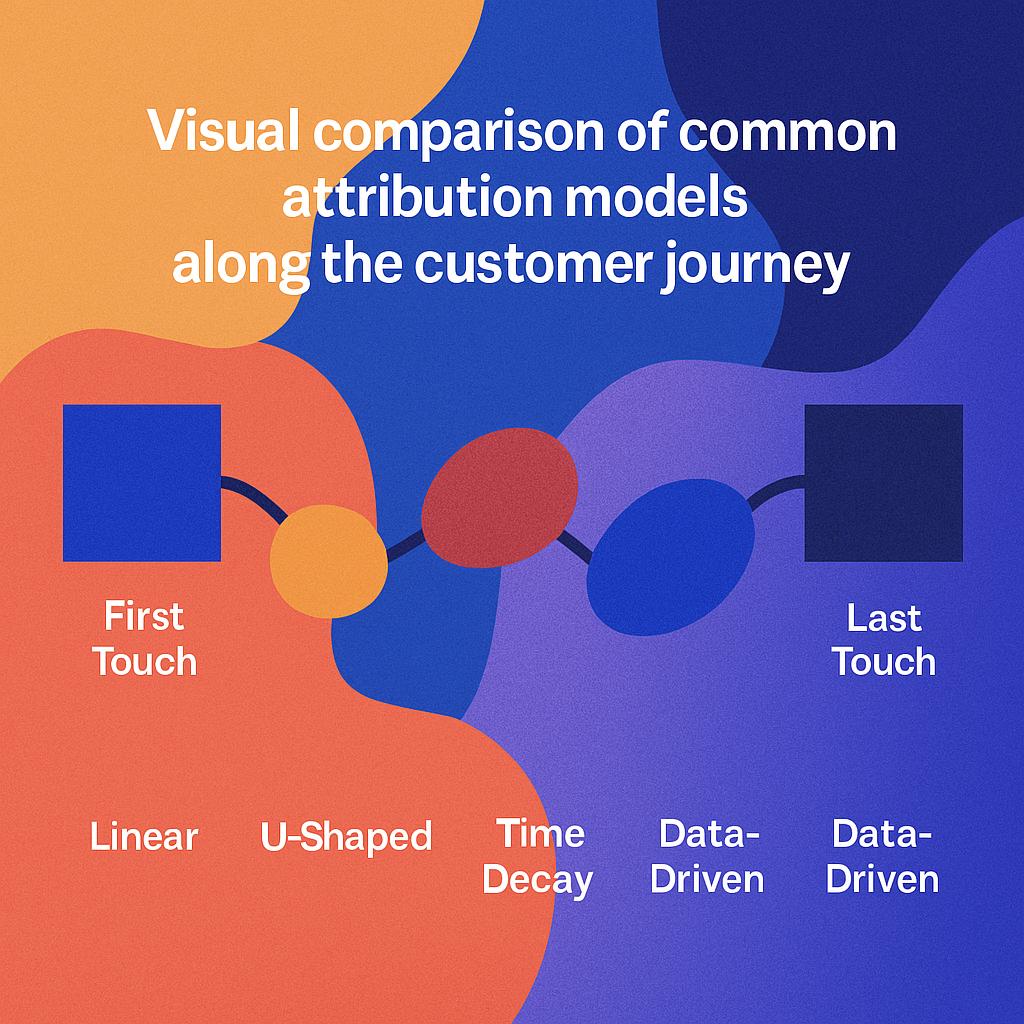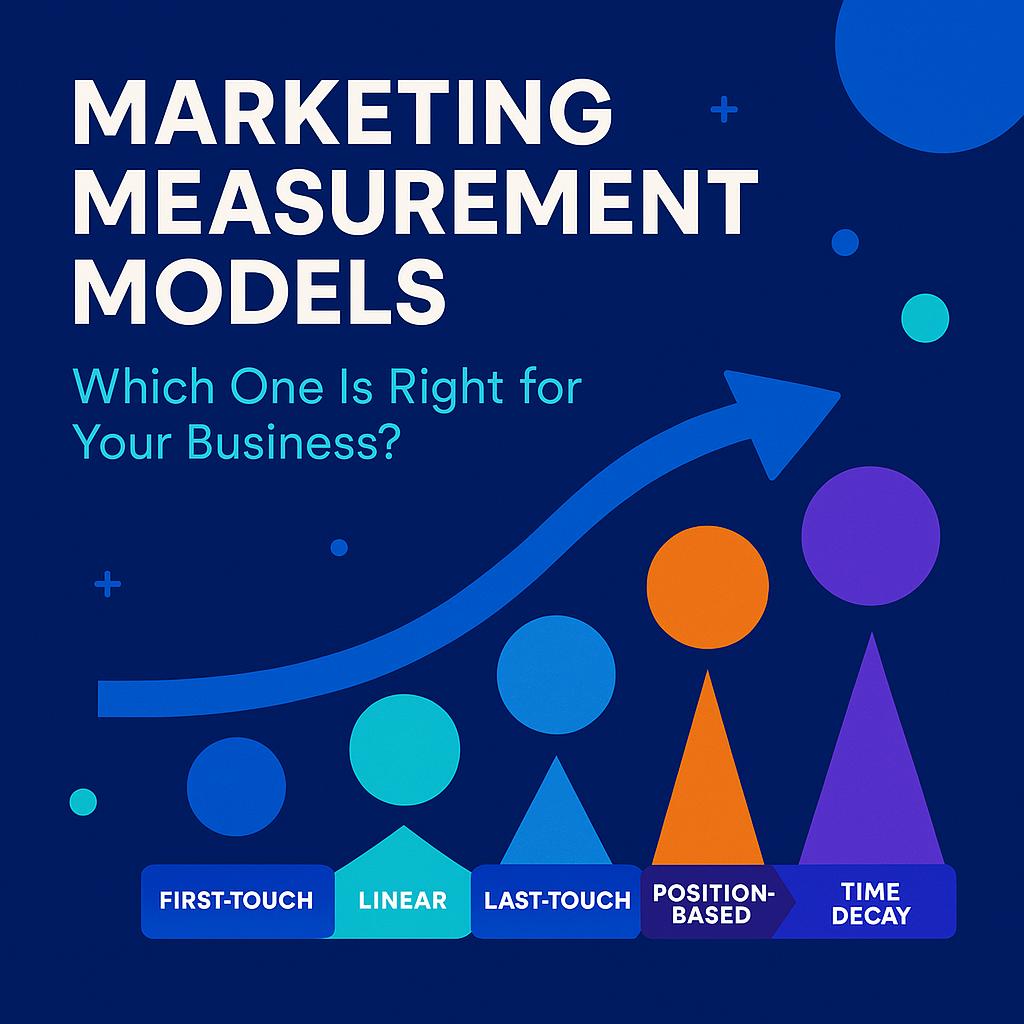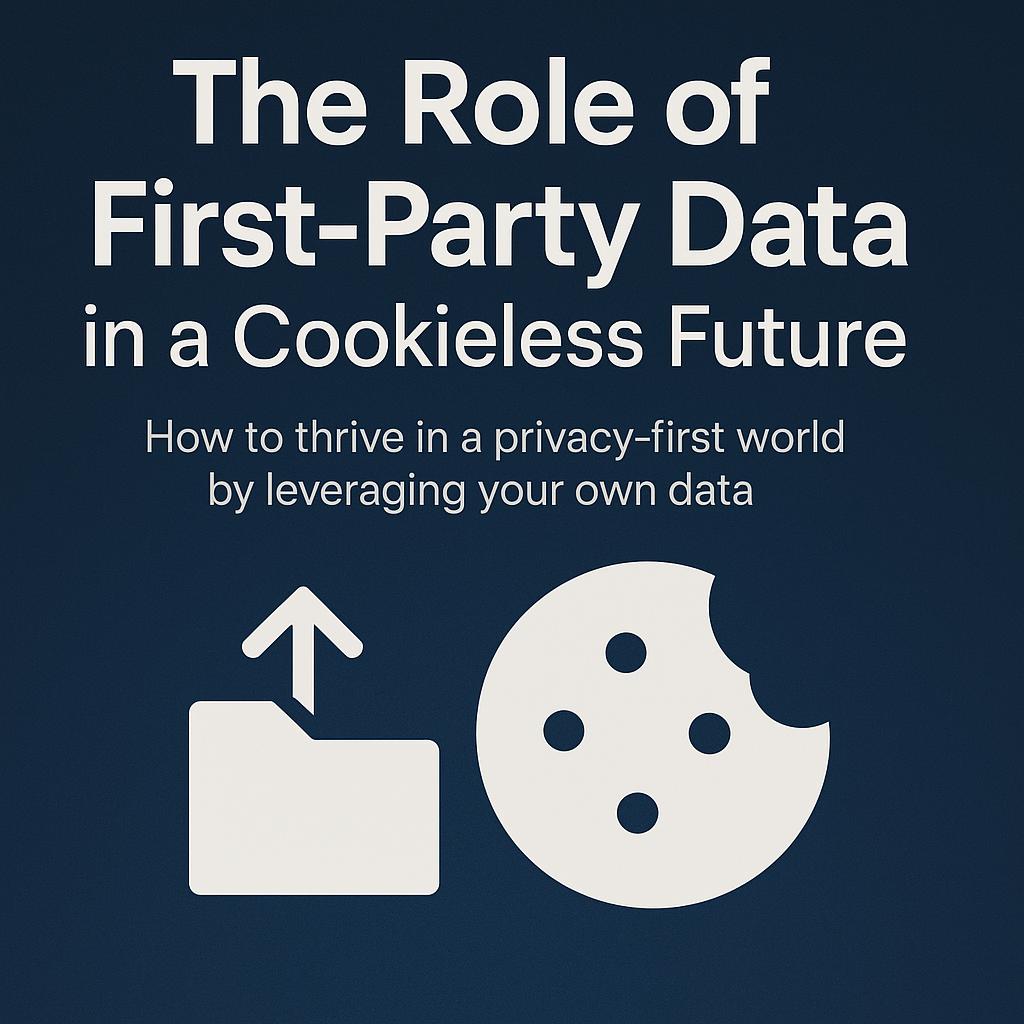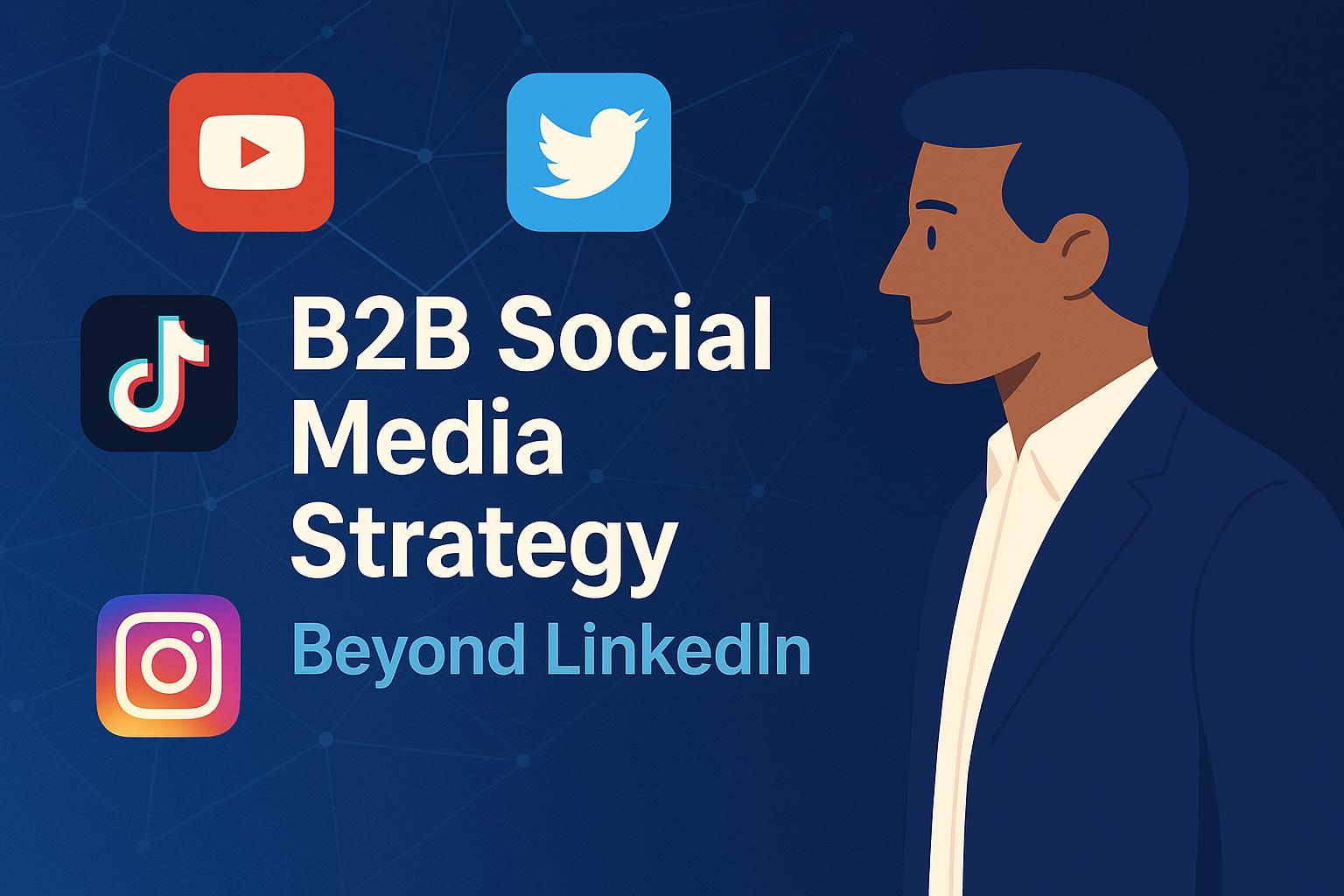In a world of fragmented customer journeys and increasingly complex marketing ecosystems, measurement is more critical—and more complicated—than ever. Attribution models offer a framework for understanding which touchpoints influence conversions. But with multiple models to choose from, how do you know which one fits your business?
What Is an Attribution Model?
An attribution model is a rule or set of rules that determines how credit for conversions is assigned to marketing touchpoints. From first-click to data-driven models, each has its own strengths and ideal use cases. Choosing the right one depends on your goals, sales cycle, and data maturity.
Not all conversions are created equal—and neither are the paths that lead to them. Attribution helps reveal what’s truly working.

Popular Attribution Models (and Their Tradeoffs)
1. First-Touch Attribution
Gives 100% credit to the first interaction a user had with your brand.
2. Last-Touch Attribution
Gives all credit to the final touchpoint before conversion.
3. Linear Attribution
Distributes equal credit across all touchpoints leading to a conversion.
4. Time Decay Attribution
Gives more credit to touchpoints that occur closer to the conversion moment.
5. U-Shaped (Position-Based) Attribution
Assigns 40% credit each to the first and last touchpoints, with the remaining 20% divided among the middle.
6. Data-Driven Attribution (DDA)
Uses machine learning to assign credit based on actual impact each touchpoint had on the conversion.
Choosing the Right Model: Key Considerations
No single model is perfect. Your decision should reflect your marketing maturity, sales funnel complexity, and available resources. Ask these questions:
Implementation Tips
Start simple, then scale. Implement one model at a time and benchmark results. Use tools like Google Analytics 4, HubSpot, or attribution platforms like Triple Whale, Dreamdata, or Ruler Analytics to build out your measurement infrastructure.
Ensure consistent UTM parameters, clearly defined conversion goals, and well-integrated CRM and ad platforms to get the most from your chosen model.
What you measure shapes what you optimize. Attribution is not just about reporting—it’s about alignment and decision-making.
Final Thoughts
Attribution isn’t one-size-fits-all. It’s an evolving practice that should adapt as your strategy, tools, and team grow. The best model is the one that gives you actionable insights without overcomplicating your workflow.
Revisit your model regularly, test assumptions, and stay agile. The goal isn’t just to credit the right channel—it’s to empower better marketing decisions across the board.


